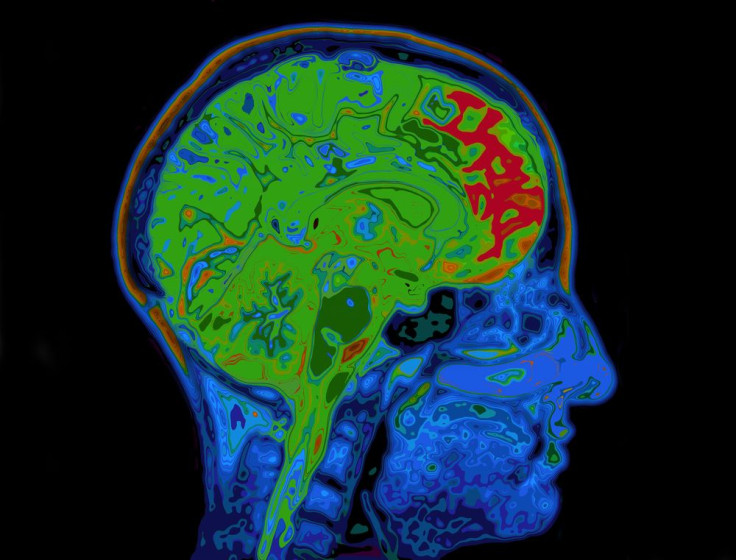Drug Addiction Foretold By Smaller Gray Matter Volumes In The Brain

Viewed through the lens of neuroscience, drug addiction is a chronic, relapsing brain disorder. A new study suggests brain structure could foretell which of us will become addicted to amphetamine-type stimulants and which of us will not. Comparing the brains of occasional drug users, researchers observed structural commonalities among all the occasional users who subsequently increased their drug intake over the course of a two-year period. Those who became addicted displayed smaller gray matter volumes than those who either maintained or decreased their drug use.
Amphetamine-type stimulants have become a significant problem.
The world’s second most widely-used illicit drugs, these stimulants include amphetamine itself and meth (methamphetamine) as well as ecstasy (MDMA or 3,4-methylenedioxymethamphetamine).
What ties these related chemicals together is the method by which they affect the brain. Mainly, these psychoactive drugs increase synaptic concentrations of some neurotransmitters, including dopamine, serotonin, and noradrenaline. The resulting high causes users to feel more relaxed while also seeming to enhance a user’s mental capabilities.
For this reason, there are a variety of reasons people take these drugs and so they’re increasingly popular across a wide swath of diverse groups. And though most occasional users will never develop a problem, some will escalate to problem use and dependence… addiction.
Gray Matter
For the current study, Dr. Benjamin Becker and his colleagues wondered whether they could find tell-tale signs pointing to a road of increasing drug use for occasional users of amphetamine-type stimulants.
So in two separate experiments, they scanned the brain structures of 66 total participants and then measured the volumes of fronto-striato-limbic regions — areas of the brain that affect decision-making and impulsivity. Importantly, the participants were comparable in terms of socio-economics, neurocognitive performance, and their history of previous substance use. After taking a brain scan, the researchers monitored all the participants at 12 months and then again at 24 months to see whether their drug use had declined, stayed the same, or increased.
The researchers found some tell-tale differences between the users who increased their habit and those who did not.
At the outset of the study, the escalating users displayed smaller volumes of gray matter compared to the occasional stable users. Specifically, the users who increased their habit had smaller volumes of gray matter in the medial prefrontal cortex, the amygdala, and the dorsal striatum.
Noting these brain regions form a network implicated in both impulsivity and suboptimal decision-making, the researchers concluded such findings “suggest that impulsivity represents a key risk factor for the development of addiction.”
Source: Becker B, Wagner D, Koester P, et al. Smaller amygdala and medial prefrontal cortex predict escalating stimulant use. Brain: A Journal of Neurology. 2015.
Published by Medicaldaily.com



























